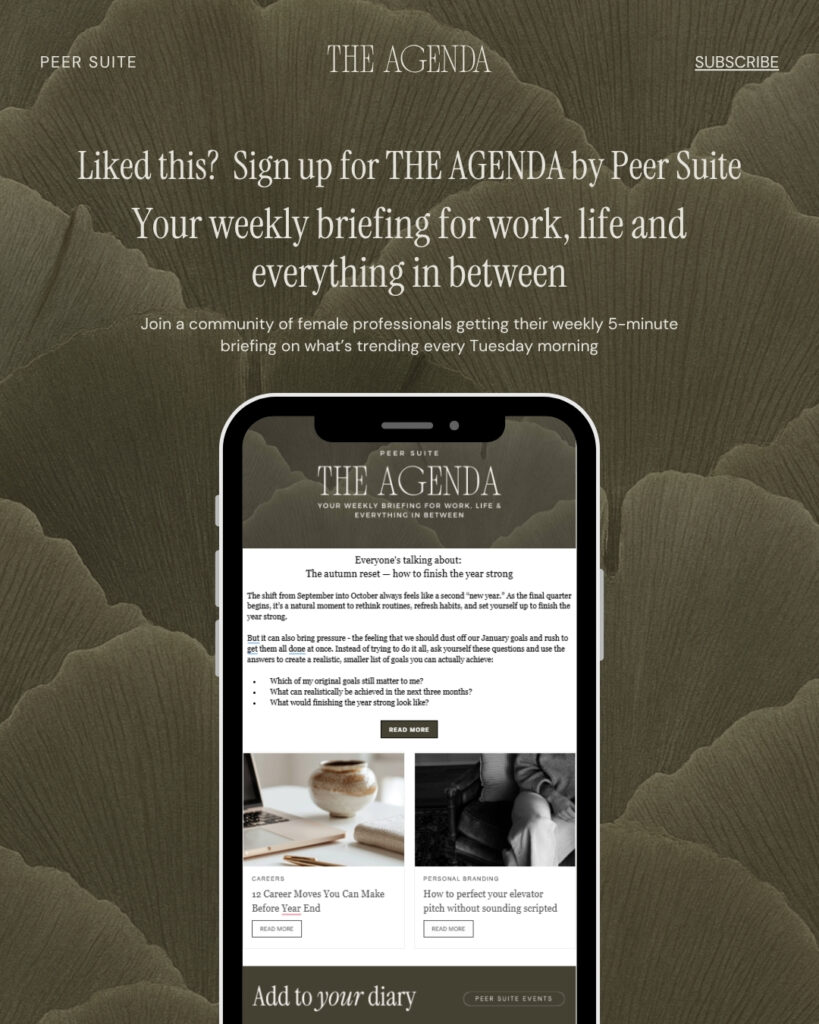Picture this: you’re at a networking event, coffee in hand, when someone asks the dreaded question, “So, what do you do?” Suddenly, your mind goes blank, or worse, you launch into a five-minute monologue that leaves you both feeling awkward.
This is where the elevator pitch comes in. A polished, 30-second version of your story that feels natural, confident, and memorable. Whether you’re an entrepreneur, a professional climbing the corporate ladder, or simply someone who wants to feel prepared in those moments, having an elevator pitch is the best way to succinctly start the conversation!
Understanding the Elevator Pitch
What is an Elevator Pitch?
Think of it as your personal highlight reel. It’s a short introduction – about 30 to 60 seconds – that explains who you are, what you do, and why it matters. The term started in Hollywood, where screenwriters had to sell their ideas to producers in the time it took to ride an elevator. Today, it’s just as useful for entrepreneurs, professionals, and anyone trying to make a lasting impression.
Your elevator pitch shouldn’t be about rattling off your resume (although, we have been guilty of doing that ourselves!), instead it spark curiosity so the other person wants to keep talking.
When and Where to Use Your Elevator Pitch
You’ll use your pitch more often than you think:
- At networking events
- During chance introductions
- When you meet potential clients, partners, or investors
- Even socially, when someone casually asks what you do
The best pitches adapt to the situation. If you are speaking to a hiring manager, you might emphasize the skills and experience that make you the right fit for the role. If you are at a networking event, you could highlight what you do and the value you bring to your industry. Think of your pitch as a living part of your career story. It should grow and shift as you take on new roles, build new skills, and refine your goals.
Why Your Elevator Pitch Matters
First impressions count
In fast-paced conversations, you don’t have long to make an impact. A clear, confident pitch shows you know your stuff and sets the tone for the conversation.
It opens doors
The right words can lead to a follow-up meeting, a collaboration, or even funding.
It makes you memorable
In a sea of introductions, being able to explain your vision simply and clearly makes people remember you.
The Building Blocks of a Great Pitch
Your elevator pitch should check three boxes:
- Clarity: Be clear about who you are and what you do.
- Brevity: Keep it short and to the point.
- Call to action: Invite the listener to continue the conversation, this might be suggesting a coffee, sharing your website, or simply asking them a question back.
And don’t forget storytelling. People connect with stories more than facts, so weave in a personal touch or highlight the problem you solve.
How to Write Your Elevator Pitch
Here’s a simple step-by-step process:
- Identify your goal
Be clear on what you want from your pitch. Are you hoping to expand your network, make a memorable impression on a hiring manager, or spark a follow-up conversation with a potential mentor? Knowing your goal helps you tailor your message so it lands the right way. - Say what you do
Do not just repeat your job title. Instead, explain the value you bring in your role. For example, instead of saying, “I’m an analyst at X company,” you could say, “I help my team make smarter decisions by turning data into clear insights.” Framing your work in terms of impact makes it easier for others to understand and remember what you do. - Share what makes you different
Think about what sets you apart from others in your field. Do you have a unique skill, a cross-industry background, or a perspective that shapes how you work? This is the detail that makes your pitch memorable. - Add your mission or values
When you share what drives you, you create an instant point of connection. It could be a passion for mentoring other women in your industry, a commitment to sustainability, or a love for solving complex problems. A touch of personal mission shows that your work is more than a job. - End with an invitation
Give the other person a natural next step. It could be as simple as, “I’d love to stay connected, are you on LinkedIn?” or, “I’d be happy to share more over coffee sometime.” The goal is to keep the conversation flowing. - Practice, then refine
Write your pitch, say it out loud, and trim anything that feels clunky. It should sound like you, not like a script. The more you practice, the more natural it will feel when you are in the moment.
Tips for Nailing the Delivery
- Adjust your pitch depending on who you’re speaking with.
- Practice until it feels effortless.
- Pay attention to tone and body language, be warm and confident.
- Keep it conversational, not salesy.
Real Examples From Female Founders
Sometimes the best way to learn is by seeing it in action. Here are a few sample pitches inspired by successful women entrepreneurs:
Spanx by Sara Blakely
“Hi, I’m Sara Blakely, and I invented Spanx. We create shapewear and leggings that help women feel confident and comfortable in their clothes. For over two decades, Spanx has been helping women get dressed for their day with confidence.”
The Honest Company by Jessica Alba
“I co-founded The Honest Company to give parents safe, eco-friendly products they can trust. From baby essentials to household items, we make everyday products healthier and more sustainable.”
Rent the Runway by Jennifer Hyman
“I’m Jennifer Hyman, co-founder of Rent the Runway. We give women access to designer fashion without the high price tag by offering a rental model that’s sustainable and affordable.”
Canva by Melanie Perkins
“I’m Melanie Perkins from Canva. Our platform makes design simple for everyone—whether you’re a teacher, a student, or a small business owner, you can create professional designs without needing to be a graphic designer.”
Bumble by Whitney Wolfe Herd
“I founded Bumble, a dating app where women make the first move. Our goal is to create meaningful and respectful connections while flipping the script on traditional dating dynamics.”
Final Thoughts
Your elevator pitch doesn’t have to feel stiff or forced. Think of it as a conversation starter rather than a performance. With a little practice, it can become one of the most powerful tools you have for building relationships, finding opportunities, and sharing your story.
Start small. Write one version of your pitch, practice it, and then use it the next time someone asks, “So, what do you do?” With each conversation, you’ll get more comfortable, and more confident.

28
Sep
